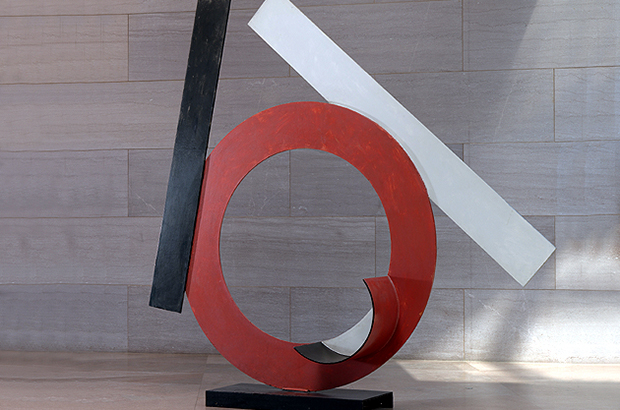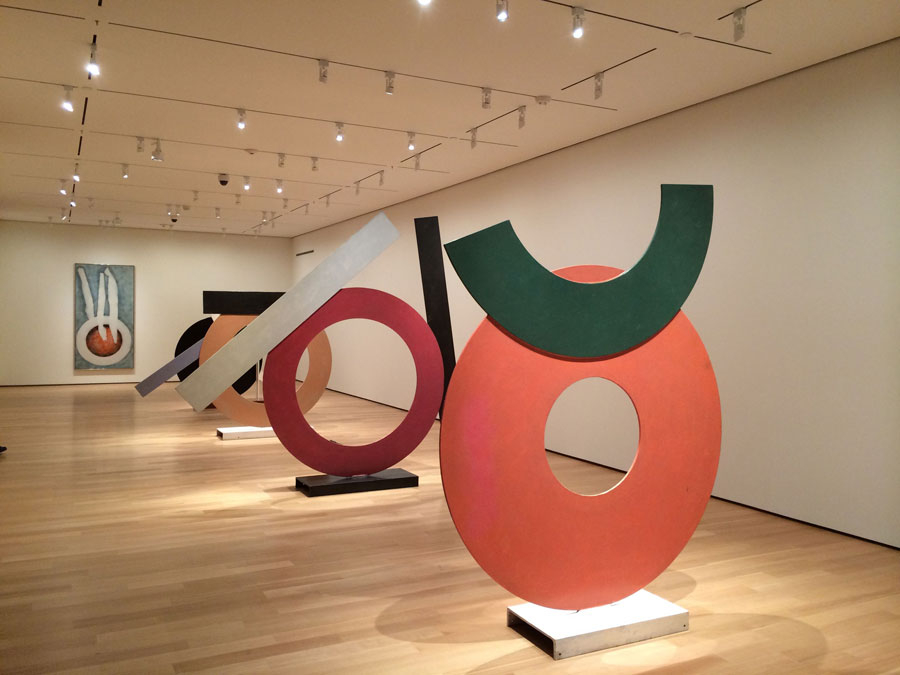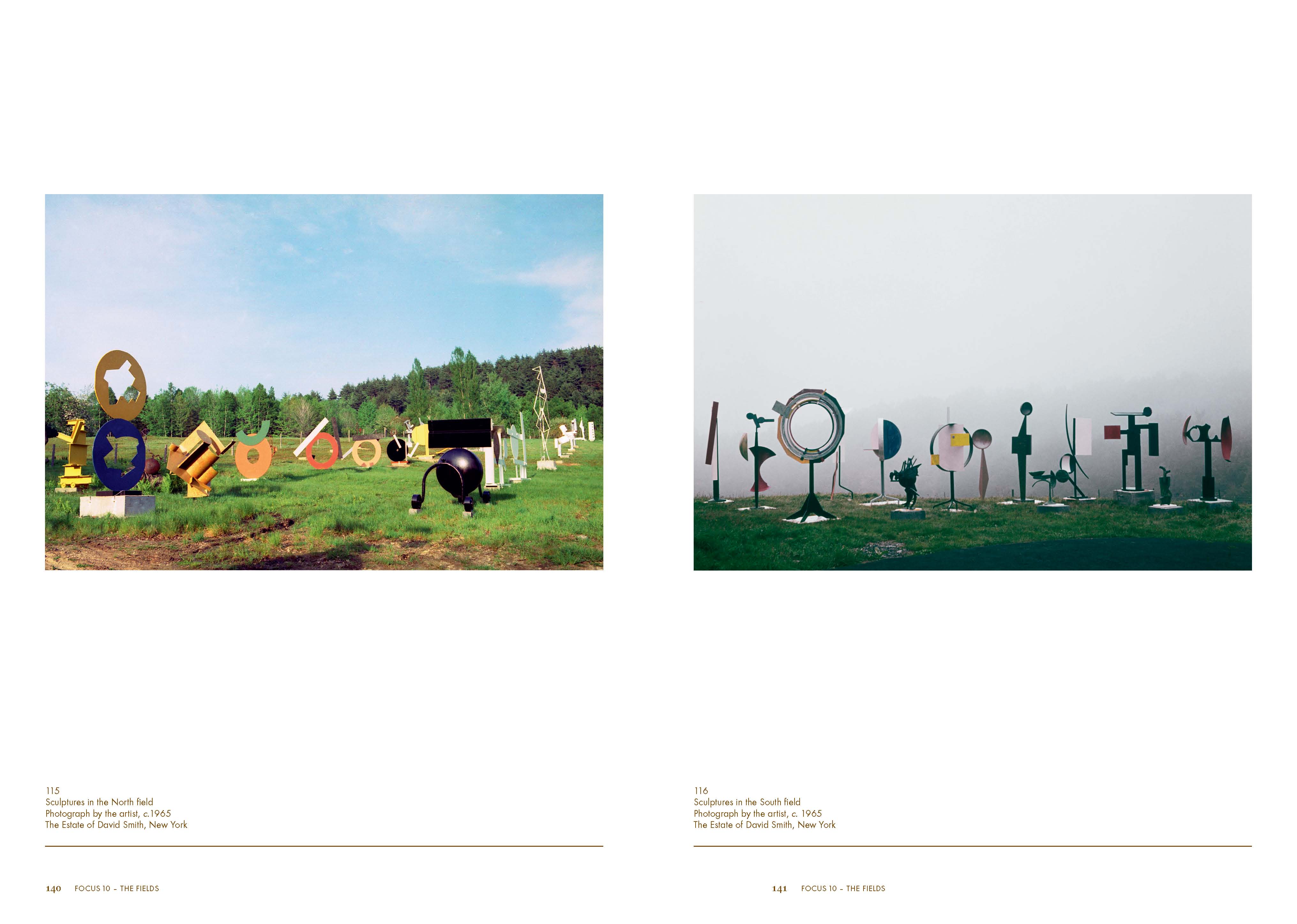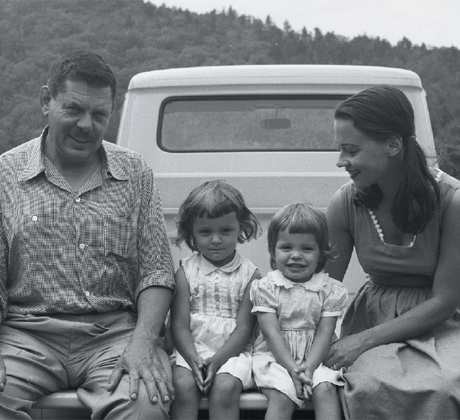
Understanding David Smith’s Circles
A new US show of the artist’s key set of works allows gallery-goers a chance to reassess his circular works
Distinguishing artists as painters or sculptors is useful from a critical, or art-historical perspective. Yet sometimes, the labelling can get in the way. Take the 20th Century American artist, David Smith. Though his work is closely associated with abstract expressionism – often regarded as a painter’s movement – he was primarily a sculptor. More confusingly, his bright steel works blurred boundaries between media, and much of his output was commonly characterised as ‘drawing in space.’
Chief within these painterly sculptures is the artist’s Circles series, created in the early 1960s, and on show together for the first time in decades, at a new exhibition at the Clark Art Institute’s Stone Hills Center, Williamstown, MA.
The show, Raw Color, opened last Thursday, runs until 19 October, and features nine sculptures and three paintings relating to the series. This collection of huge, brightly coloured works, “explores the crucial role that industrial colour and its relationship to nature played in the work of one of the twentieth century’s most influential and celebrated sculptors,” the Clark says.
Yet, crucial in what sense? Well, let’s turn to our great Phaidon Focus title on the artist. As author Joan Pachner explains, by the early 1960s, Smith had taken to painting his huge, abstract creations. The middle-aged artist “found that paint could create a spatial ambiguity that he had previously achieved with the sculptural form alone.”

Pachner writes, “By the early 1960s, Smith increasingly concentrated on bold, painterly constructions emphasizing essential geometric configurations. After returning from Italy, he developed flat cut-outs of steel, including the open, painted Circles in 1961-3, inspired by Kenneth Noland’s target paintings.

“These simple circles function like lenses – surely not accidental, since Smith had looked through a circular lens countless times when photographing his sculptures in that same landscape. A circular disc might be a head, while an open circle could function as a frame and a closed circle a barrier. ‘Don’t forget’ he said in a 1964 interview, ‘when one chooses a couple of old iron rings from a hub of a wagon, they are circles, they are suns…’ Smith continued to expand the possible associations embedded in abstract forms, and ignore and at once extend the boundaries that were thought to exist between media.”

These symbolic associations aren’t set, but instead retain some the artist’s ambiguity, neither simple sculpture, nor plain painting, nearly 50 years after the artist’s death. For more on the show go here, and for a richer understanding of Smith’s life and work, buy a copy of our Phaidon Focus book.